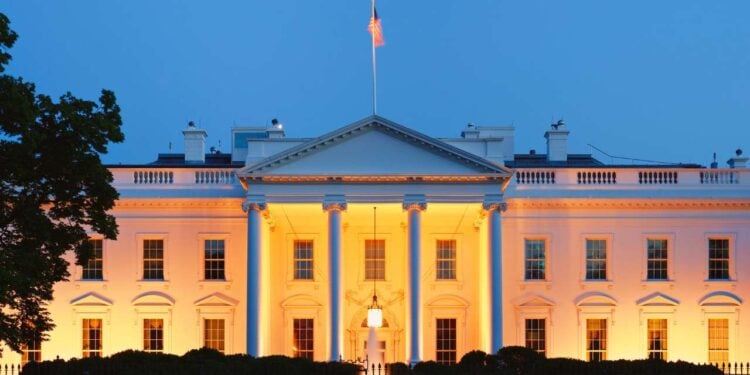A significant development in artificial intelligence (AI) guidelines occurred Monday as President Joe Biden revealed the U.S. government’s first-ever executive order on AI. The executive order mandates new safety assessments, equity and civil rights guidance, and research on AI’s impact on U.S. labor markets.
CNBC reports that the executive order encompasses eight key components, ranging from creating new safety and security standards, guidelines for protecting consumer privacy, support for workers, and promoting innovation and competition.
Notably, the order includes a directive to produce a report on the potential labor market implications of AI and to study ways the federal government could support workers affected by disruptions in the labor market.
This initiative represents a major step towards addressing future challenges and opportunities presented by AI in the workforce. By establishing guidelines and standards, the government is acknowledging the transformative power of AI while also striving to mitigate any possible negative impacts on workers.
The executive order is a clear indicator that the U.S. is taking the mounting concerns over AI and the potential impact that the technology will have on the workforce seriously. It reflects a broader trend of increasing awareness and promoting action on the part of major governments and influential organizations worldwide to navigate the complexities of widespread integration of AI in various sectors, perhaps most importantly the labor market.
President Biden’s executive order regarding AI marks a pivotal moment at the intersection of technology and the workforce. By the federal government taking steps to establish more comprehensive guidelines and standards, the government is laying the groundwork for a future in which AI is leveraged responsibly and equitably. Major decisions such as the executive order from the administration is striving to ensure that the workforce is prepared and supported throughout the upcoming years — when the technology will be widely adopted across many fields. This trend of proactive governance in the realm of AI is likely to continue and will help in shaping policy and guardrails in the years to come.


 Dr. Gleb Tsipursky – The Office Whisperer
Dr. Gleb Tsipursky – The Office Whisperer Nirit Cohen – WorkFutures
Nirit Cohen – WorkFutures Angela Howard – Culture Expert
Angela Howard – Culture Expert Drew Jones – Design & Innovation
Drew Jones – Design & Innovation Jonathan Price – CRE & Flex Expert
Jonathan Price – CRE & Flex Expert











